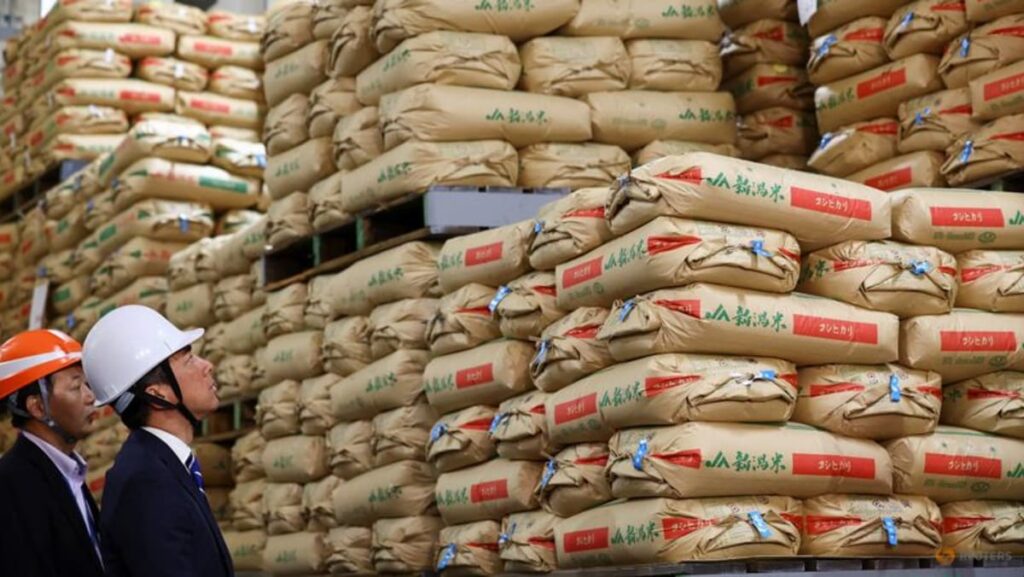TACKLING OVERSUPPLY
Farmer Park Geun Sik spent his life working the land in Haenam, a farming town in South Jeolla province, about 330km south of Seoul.
When he started, everything from planting seedlings to threshing rice was done by hand. Rice was so scarce that there were designated no-rice days banning its sale.
Then, machines arrived and high-yield rice varieties were introduced as South Korea embarked on a drive for self-sufficiency.
Like most farmers in South Korea, Park is a member of the National Agricultural Cooperative Federation Nonghyup.
Nonghyup buys rice directly from farmers, then handles everything from drying and storing it to packaging and distribution.
“There is never a year when we can’t sell the harvested rice,” Park told CNA. “Most co-op members find it more convenient that way.”
Every year, the South Korean government imports and also purchases rice from farmers to ensure food security.
It also buys “quarantine rice”, which is the supply it wants to take off the market in order to stabilise prices.
The government purchased 1.2 million tonnes of rice from 2021 to 2024, according to official data. This amounts to about US$1.9 billion worth of rice sitting in government storage.
Haenam County Office said the government stores about 17 to 18 per cent of annual rice consumption in case of disaster or war. That is around 700,000 to 800,000 tonnes.
Kim Ung Il, an officer with the office’s distribution support division, said older reserves are usually sold to manufacturers of processed food, and recent harvests to low-income families, for as little as US$2 for a 10kg pack.
For rice released for retail, the price fluctuates based on factors such as harvest yields.
Korean farmers frustrated by thinning margins have taken to the streets to demand change.
Gu Gwang Seok, executive director of the non-profit Korean Peasants League (Gwangju), said rice prices have barely risen in the 30 years he has been farming, blaming imports for pushing down prices.
“Every year, we import about 13 per cent of our domestic rice production. In terms of volume, that’s around 408,000 tonnes (required under World Trade Organization agreements),” he added.
“That is why farmers are protesting. They are demanding that the government guarantee the price of rice and stop importing it.”
Meanwhile, the door to exporting rice has never really opened. Most countries do not favour the short-grain, sticky Japonica rice South Korea produces except Japan.
https://www.channelnewsasia.com/east-asia/japan-rice-shortage-south-korea-oversupply-farm-5243036


